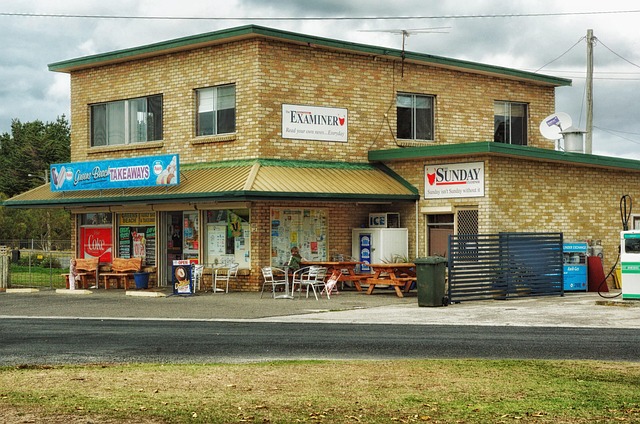The real estate industry is transforming with a trend towards merging retail and entertainment spaces, creating vibrant hubs catering to diverse demographics through immersive experiences. Driven by changing consumer behaviors, this blurs lines between shopping, dining, and leisure activities, boosting local economies. Strategic planning balances retail and entertainment, leveraging demographics, foot traffic, and preferences for optimal locations, versatile designs, ample parking, and well-planned layouts. Creative design and real estate asset management combine to create interconnected spaces facilitating seamless transitions between various activities. Aligning entertainment concepts with local demands and target audience interests maximizes engagement, while effective utilization involves maximizing vertical space, integrating outdoor elements, and technology to attract wide ranges of customers, making these destinations iconic landmarks.
In today’s dynamic market, the fusion of retail and entertainment spaces is reshaping urban landscapes. The Rise of Integrated Retail and Entertainment Spaces signals a significant shift in consumer behavior, driving innovative Real Estate strategies for mixed-use concepts. This article explores successful approaches to designing Hybrid Retail and Leisure Destinations, delving into key real estate tactics that enhance customer experiences and drive economic growth. From vibrant bustling centers to tranquil oases within urban hubs, these integrated spaces are transforming the way we shop, play, and interact.
The Rise of Integrated Retail and Entertainment Spaces

The concept of merging retail and entertainment spaces is gaining traction, transforming traditional shopping experiences into vibrant hubs of activity. This trend reflects a strategic shift in real estate development, where developers are recognizing the immense potential of creating integrated environments that cater to diverse consumer needs and preferences. By combining retail stores with attractions like cinemas, arcades, or interactive exhibits, these spaces offer a multifaceted experience that draws in customers from all demographics.
This rise in integrated retail and entertainment concepts is driven by changing consumer behaviors and a desire to create immersive, engaging destinations. Real estate investors are responding by designing properties that blur the lines between shopping, dining, and leisure activities. Such innovative approaches not only drive foot traffic but also foster community engagement, potentially boosting local economies.
Real Estate Strategies for Mixed-Use Concepts

Mixed-use concepts require thoughtful real estate strategies to balance retail and entertainment spaces harmoniously. The key lies in understanding local demographics, foot traffic patterns, and consumer preferences. Developers should aim for a synergy where retail stores attract patrons for entertainment options, creating a vibrant atmosphere that enhances the overall experience. For instance, integrating restaurants with cinemas or integrating gaming arcades within shopping malls fosters community engagement.
Location is paramount; choosing sites near residential areas or public transport hubs ensures accessibility. Versatile design allows for flexible use, enabling quick adaptation to changing market trends. Ample parking spaces and well-planned layouts contribute to a positive user experience, encouraging longer stays. Effective real estate strategies thus transform mixed-use spaces into destinations, fostering economic growth and community interaction.
Designing Successful Hybrid Retail and Leisure Destinations

Creating successful hybrid retail and leisure destinations requires a thoughtful blend of strategic planning and creative design, leveraging real estate as a key asset. The integration of retail spaces with entertainment options demands a nuanced approach that caters to diverse customer needs and preferences. Architects and developers must consider the flow of movement between different zones, ensuring seamless transitions from shopping to dining, entertainment, or relaxation. This involves designing interconnected spaces that encourage exploration and discovery, fostering an engaging and immersive experience for visitors.
Moreover, the choice of entertainment concepts should align with the local market’s demands and the target audience’s interests. Incorporating a mix of options such as theme cafes, interactive exhibits, mini-golf courses, or virtual reality arcades can create a vibrant atmosphere that attracts a wide range of customers. Effective real estate utilization also involves maximizing vertical space, incorporating outdoor elements, and integrating technology to enhance the overall experience, ensuring these hybrid destinations not only stand out but also become iconic landmarks in their respective areas.






